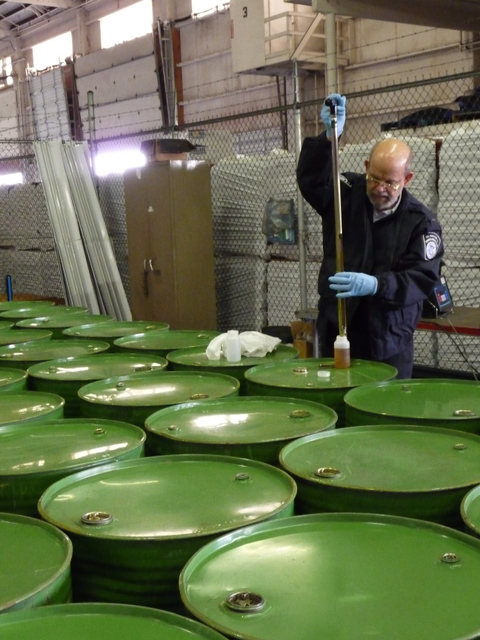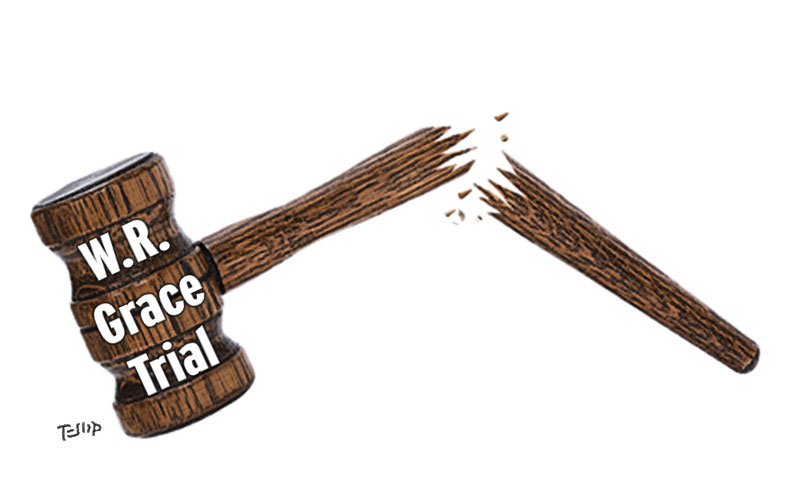Many food exports from China may be dangerous, but some of the tricks used to fool Chinese shoppers are even more treacherous.
Everyone knows about the about the tens of thousands of Chinese infants struck down but kidney-destroying melamine in their milk and the 60,000 dogs and cats worldwide who died after eating it in the pet food. Here are some other examples to consider:
Stinky tofu (yes, a real name) is a very popular street food throughout many Asian countries. Its aroma, which can bring the weak to their knees, comes from lengthy and thus costly fermentation. Chinese food authorities found that some tofu producers created the reeking odor with rancid water and sewage. The desirable dark color came from ten illegal chemical dyes.
Chicken and duck farmers added Sudan Red Dye IV to the feed used in their poultry operations. The dye, a cancer-causing agent banned in food in many countries, makes the yolks a vivid bright reddish orange, and is sought after as a special and costly treat.
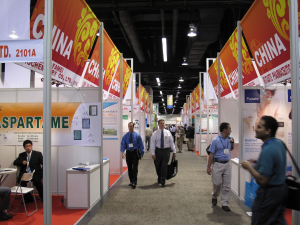
Some of the Chinese verdors at the IFT expo. (c) a. schneider
Another egg fraud centers on another foul-smelling but very expensive and coveted traditional delicacy called a 1000-year-old egg. They’re really not preserved for ten centuries, but more like 100 to 150 days, according to a cook who gave me a bite of one in Vancouver. She said they normally are buried in a mixture of soil, lime, ashes, salt and green tea. Eventually, the egg white turns a gooey brown in color, and the yolk becomes dark grayish-green. But people love it.
Money hungry phony egg producers eliminate the waiting time and just add lead oxide to alter the eggs. However, the chemical can destroy blood, the central nervous system, kidneys and other organs as well as causing birth defects and convulsions.
Other inventive food suppliers, instead of using a higher quality flour, have been caught adding alum to strengthen noodles and borax to preserve rice cakes, while fish farmers use the cancer and birth defect-causing antibiotic and antifungal agent Malachite green to control disease in the fish they sell. Of course, there are the beekeepers who taint their honey by using illegal antibiotics in their hives.
“Everyone of these food adulterations can be attributed to economic motivation,” said Dr. Yao-wen Huang, a professor of food science at the University of Georgia. Most of the appealing examples mentioned above are his, and he and his colleague Hong Zhuang, a research food technologist for the USDA, were speaking at the International Institute of Food Technologists on food safety challenges in China.
The existing food safety system is not effective for a variety of reasons, including that 17 different bureaucracies work under the food and drug safety umbrella, and they each jealously guard their power, Huang explained but added, that 8o percent of China’s food producers are small operations employing fewer than 10 workers and most pay little attention to the few safety requirement that exist.
Not only is enforcement convoluted, but also the blurred lines of responsibility and weak investigatory skills are further hampered by corruption, with some inspectors and their bosses take bribes in exchange for favors, the professor told me.
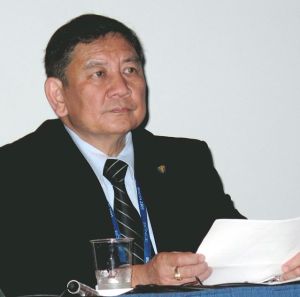
Prof. Yao-Wen Huang
On June 1, China imposed a new food safety law.
Qin Zhenkui, president of the Chinese Academy of Inspection and Quarantine, believes the comprehensive requirements of the new law will make a difference.
Zhuang presented remarks from Zhenkui, which detailed the increased controls on food producers. These include inspection and licensing of all food manufacturers as well as rigorous requirements and previous state approval for all additives.
Food inspectors are not permitted to grant any exceptions to the rules, Zhuang explained.
This could eliminate, or at least reduce, the bribes for not seeing wrongdoing, but is that enough?
“The law should be an improvement,” Huang told me. “Everyone in the supply chain should be forced to get involved in ensuring the safety of the food — from the farmers, to the processors, the transporters, exporters and the importers themselves.
“’I didn’t know’ can no longer be an acceptable answer from anyone when it comes to food safety.”
This morning I stopped by nine exhibits of Chinese companies exporting food and asked representatives what they thought of their country’s two week-old food safety law.
Five sales agents told me that they’d never heard of it. The remaining four said the were forbidden to speak with the press, but one added, “China only sells the highest quality food. The problems in the press are fabricated.”
He wouldn’t give me his name.
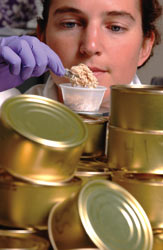
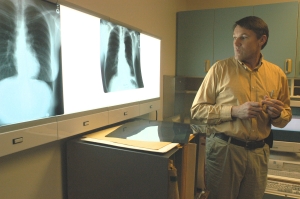
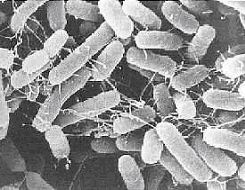


 tigators from various agencies in Seattle and Chicago chased illegally labeled Chinese honey from the slums of the Philippines through dilapidated Thai warehouses and into ports up and down the west coast of the U.S.
tigators from various agencies in Seattle and Chicago chased illegally labeled Chinese honey from the slums of the Philippines through dilapidated Thai warehouses and into ports up and down the west coast of the U.S.